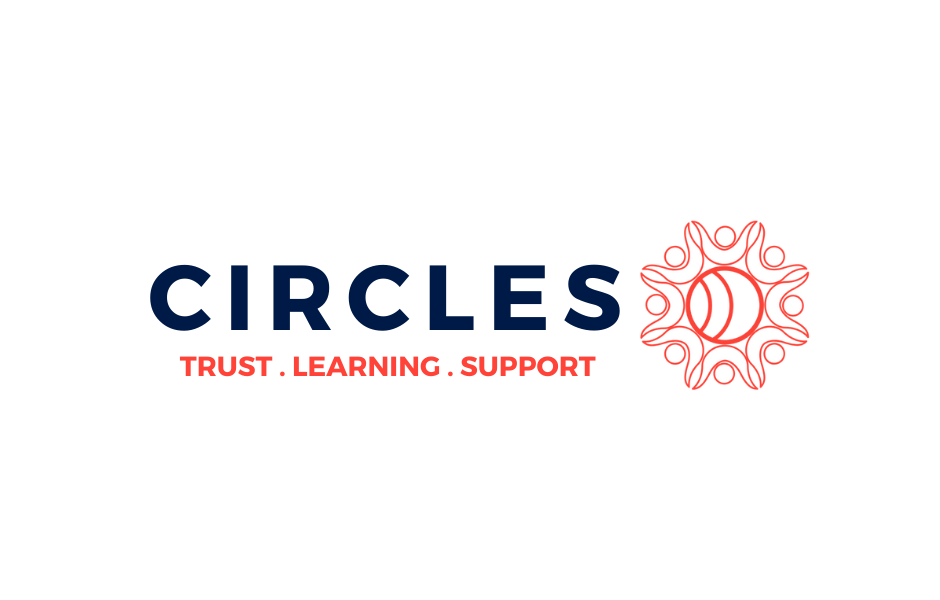Speaking with One Voice: How 30 Foundations Collaborated on Strategic Communications
Kristen Mack
John D. and Catherine T. MacArthur Foundation
Phil Zepeda
McCormick Foundation
Tracy Kremer
Polk Bros. Foundation
Kayce Ataiyero
Joyce Foundation
Key Takeaways:
Hear about an effective approach to aligning organizations with differing goals on a common approach to strategic communication.
Learn how and when to leverage external support.
Pinpoint which challenges to anticipate.
Slide Deck:
Breakout Notes:
Introduction
Chicago is a vibrant city, yet at the same time, there has been a spike in gun violence. Recently 8,000 shootings in one year, with 800 fatalities, of which only 25% were solved – the lowest homicide clearance rate in the nation. There is deep police community mistrust. People wanted to break the cycle and channel their resources, including the foundation community.
The speakers surveyed the audience via sli.do.com.
Room poll: Why are you here? Chicago violence or to learn about collaboration?
77% about collaboration, 23% about the issue and collaboration.
Several of the funders already met monthly at a breakfast. They realized they had to get together to address this issue. Most were already supporting longer-term initiatives that addressed root causes of gun violence. They agreed to co-fund a police accountability project and rapid response grants to fund activities to promote social cohesion. The funders conducted a gap analysis, and looked to research and at what worked in other cities. It was more about the alignment of funding, rather than putting the money in one pot.
They aligned around 4 strategies:
Outreach, jobs and services (i.e. cognitive therapy and support services.
Police reform (i.e. improved training)
Gun policy (i.e. availability)
Social cohesion activities (rapid response grants)
They brought in Civic Consulting Alliance in early (CCA) to help coordinate the process.
Evaluation is built in. They are looking for meaningful reductions in 3 years.
There is also a 5th strategy:
Communications
These conversations were happening with leaders and program officers, without communications at the table. They were brought in at the 11th hour. They (24 foundations) were wondering what to call it.
Lesson 1: Get to the Table Early
If you hear ruminations of a major project, throw yourself in! Much better than playing catch up! They needed to come up with a meaningful name: PSPC Partnership for Safe and Peaceful Communities, and “logo”
Lesson 2: This Shit is Messy
Room Poll: What is biggest challenge?
Seeking consensus 47
Being Decisive 25
Taking action 19
Corralling people 8
It’s all of these things. Vague goals, an undefined audience. Principals wanted grantees able to do the work, funders didn’t want it to be about them “swooping in to save the day.” The story left to tell publicly was: Chicago Fund for Safe and Peaceful Communities (small grants) (Actually the smallest part of the $40 million effort throughout the city.)
They were aligned around wanting to communicate, but not what they wanted to communicate about. They had to get everyone on the same page, with the same story.
It took 6 months to develop a strategy and plan.
Lesson 3: Brand Clarity is Key
3 approaches:
Digital communications
Media relations
Convenings (bringing people together to tell stories)
Digital Communications
The dominant narrative is fatalistic. “No one’s doing anything. This challenge is insurmountable.” We wanted to foster a growing choir of voices of how Chicagoans were stepping up to address this issue.
The first challenge was a website. They sent an email out to influencers, then launched it – a platform for storytelling and a hub of information for both external and internal audiences. Some partners had a more active role, but it provided consistent messages, They also launched social to amplify message.
Media Relations
Developed partnership with Crane’s Business Chicago for 6 part series on all aspects of the project. They had a series of Op-Eds, with funders and why they were engaged in this work. They went through the 6 prongs of the work. It showed and demonstrated to the business community why they were doing this work and why it was important for people to engage.
Convenings
Foundations were insistent on being in the background, and the grantees were doing the work. Even though many of the orgs did not have communications staff. They taught grantees “how to fish” and tell stories themselves. “Free spirit media” and another org came to teach organizations and tell stories. They built capacity to capture their own stories. They made it a very light lift and very applicable. It was incredibly well received. They brought in 130 people from 70 organizations. The middle of the day, for 2-4 hours. It was very motivating and enabled them to tell the stories themselves. (McCormack had expertise in this area and had worked on storytelling with their grantees). They had an opportunity not just to fund, but to provide training.
Lesson 4: Relationships Matter
The partners were welcoming and made sure each foundation had a seat at the table, without competition or jockeying for position. That has been the key to the communications partnership within the broader partnership. It’s about knowing each other well enough to bring different perspectives to the work. Knowing they were approaching the work through a shared goal of making the city safer. Make sure you form bonds to get you through tough times. Their plates were already full, managing communications at their own organizations, this was additional work.
Lesson 5: Know Your Lane
Everyone has unique skills. Make it pronounced what you can bring to the table. I.e. one organization (McCormick manages the website and social). If something different, bring it to the colleagues to see who owns what part of the work.
Lesson 6: Leaders Will Emerge
Sometimes from expected places, sometimes from unexpected places. When someone is willing to step up and serve, you want to respect their talents and willingness.
Lesson 7: Consider Outside Support
We all have full-time jobs. We wanted to do the initiative justice. Once we were in a place to be public facing, we realized we needed outside support. Consider this early and often.
Lesson 8: Create Structure
Create as much structure as you can. i.e. biweekly meetings, how do you get approvals? Boring process and systems. And, revisit it often! This is a key to being nimble.
Communications is not just a support its a strategy.
Breakout Discussion: How is the role of philanthropy starting to change?
Philanthropy is finding its own voice
Elevating the voices of people with lived experience
Role of digital communications – content
More strategic, more outcomes oriented
Rise of communications in importance to mission and driving impact
Role of convener, not just grantmaker
Collaboration, systems change
Not enough to just give away money any more
We need to advocate and find and use our own voices – bring others to the table and use our own influence on behalf of the organizations are funding
Foundations tend to be risk averse – learning to be more nimble and flexible in what we’re funding, in ways that government and private organizations can’t
More responsive and less directive – in partnership with the organizations we fund
Lesson 9: Go Beyond Funding
Don’t lose sight of what you can bring to the job. What else can we do? (beyond funding). i.e. bring these conversations back to your organizations. We all bring something unique to our jobs. Power of convening is one example. The times are dictating we think of public-facing ways to show our civic leadership and give voice to our (foundation’s) values.
Lesson 10: Put Egos Aside
We all want to do good in our city. i.e. in Crain’s series, one foundation shared the spotlight, didn’t make it about them.
Conclusion
Keep the network strong! Make sure people feel their voices are heard and they have a seat at the table. Create that space so that everyone can participate, even if they’re not funding, you don’t have to fund communications to be a part of the working group.
These notes were captured by The Communications Network and have been reviewed by the presenters. ComNet18 Breakout Session notes were made possible thanks to the generous support of the Kalliopeia Foundation.




